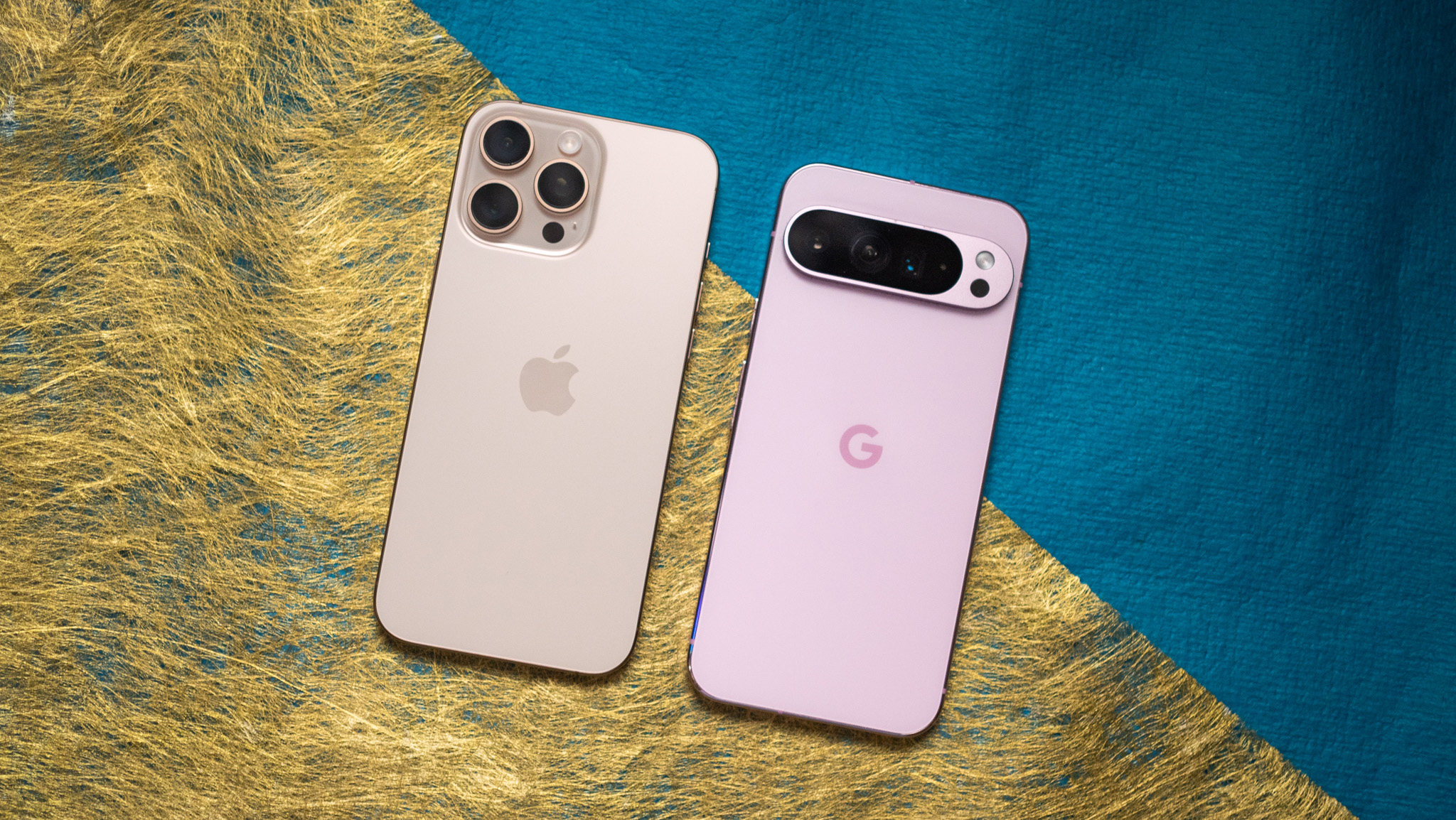Google is in an interesting position. It’s the developer of Android, but it’s also the hardware manufacturer of a growing Android phone brand. In years past, being the developer of Android has given it an edge in making hardware and software for Google Pixel phones.
However, with Android 16, Google is shaking things up. The company is completely changing the Android development and release schedule in a way that’ll benefit Google’s partner OEMs — and by extension, Pixel competitors.
Google is such a large tech conglomerate that it naturally has a few competing interests. However, with the release of Android 16 Developer Preview 1 this week, the company has rightfully and decisively put the Android platform above the Pixel brand. To compete with the iPhone, Google needs all of its Android partner OEMs at their best, shipping thorough and timely version updates each year.

That’s something that even the best Android phone manufacturers have struggled with of late. Samsung can’t seem to ship its Android 15-based One UI 7 update quickly, as it was delayed until next year. Smaller brands have horrible reputations for delivering fast and reliable Android updates, like Motorola, which brought Android 14 to the Motorola Razr Plus 2023 a full year after it was released.
OnePlus is one of the few companies with a presence in North America, not named Google, that managed to roll out Android 15 to the OnePlus 12 and OnePlus Pad 2 in a timely manner.
Google appears to have recognized this issue with Android, and it’s actively correcting it. Android 16 is set for release in the second quarter of 2025, and it’ll reach platform stability in March. That’s months ahead of schedule, and the extra time will give partner OEMs — like Samsung, OnePlus, Motorola, and others — the time they need to deliver Android version updates alongside the release of their best phones.
What’s changing about the Android yearly release schedule
The first developer preview for Android 16 is here early, and that’s not by accident. Google says that the move is “the start of Android having more frequent API releases as part of our effort to drive faster innovation in apps and devices” in a blog post announcing the launch. What exactly does that look like? For one, there will now be two SDK releases each year, with the major one arriving in Q2 2025.

The major SDK release will be the Android version update we’re used to, which is Android 16 in 2025. However, instead of reaching a final release in the third quarter, it’ll come an entire quarter early. This is the update that’ll include significant Android behavior changes, APIs, and new features.
Google says it’s pushing the release up a quarter “to better align with the schedule of device launches across our ecosystem, so more devices can get the major release of Android sooner.”
There’s more — the company will now issue a second SDK release in the final quarter of 2025. This will be a “minor” SDK release, according to Google, that’s bigger an a quarterly feature drop but smaller than an annual version update. The minor SDK release in Q4 2025 will come with new APIs and features but won’t bring behavior changes.
This is intended to “ensure continuous quality” for the Android platform while not adding an extra burden for developers. That final SDK release will have feature updates, optimizations, bug fixes, and new developer APIs but won’t include the behavioral changes that could cause compatibility issues for apps. “The Q2 major release [Android 16] will be the only release in 2025 to include planned behavior changes that could affect apps,” Google emphasizes.
There are still quarterly Android updates, too. They’ll now come in Q1 and Q3, splitting up the major and minor SDK releases with features only. Put them all together, and Google’s changes to Android releases extend far beyond just shipping Android 16 a few months earlier. These are strategic changes that’ll help the platform overall but will really help partner OEMs.
The shifted schedule will make new Android phones better

Right now, buying an Android phone is tricky, and the timing of software releases is the reason why. For example, Samsung launched the Galaxy Z Fold 6 and Z Flip 6 in July, and the former is the most expensive phone it sells. However, it shipped with Android 14, it’s still running Android 14, and it’ll keep running Android 14 until at least the new year, when Samsung is expected to release One UI 7.
That’s a problem. The best Android phones should be running the best Android version, but that’s rarely the case. Even Google’s own Pixel 9 series launched without a new version Android for the first time ever.
Hopefully, it will soon be a problem of the past. By releasing developer previews, beta releases, and final versions of Android updates sooner, partner OEMs will get plenty of time to tune up their Android skins before device releases. “We’re actively working with our device partners to bring the Q2 release [Android 16] to as many devices as possible,” Google says.
Could that mean more devices, not just Pixel, launch with fresh Android updates? Or, might it mean that Android releases become less about being synced up with hardware releases and more about getting installed on as many devices as possible?
Those are questions we’re still waiting for answers to. However, it’s hard not to get excited about the future of Android. Google’s announcements this week reaffirm a few key things. It’s committed to working with partner OEMs to help them update their phones to the latest Android version as soon as possible. It’s also going to keep the flow of Android updates continuous with security drops, quarterly updates, and a second major SDK release.
I’m hoping that Android’s leaders — Samsung, Google, and others — use these changes to deliver consistent, high-quality, and rapid Android version releases, dispelling the notion that the platform isn’t as reliable as Apple’s.
This articles is written by : Nermeen Nabil Khear Abdelmalak
All rights reserved to : USAGOLDMIES . www.usagoldmines.com
You can Enjoy surfing our website categories and read more content in many fields you may like .
Why USAGoldMines ?
USAGoldMines is a comprehensive website offering the latest in financial, crypto, and technical news. With specialized sections for each category, it provides readers with up-to-date market insights, investment trends, and technological advancements, making it a valuable resource for investors and enthusiasts in the fast-paced financial world.
